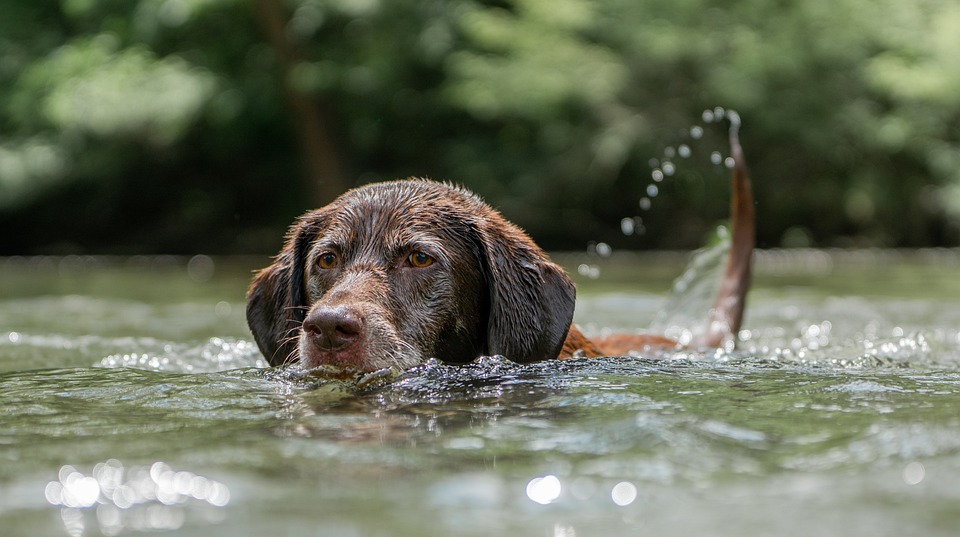Herding dogs have a natural instinct to control and move livestock. Whether you own a Border Collie, Australian Shepherd, or any other herding breed, proper training is essential to bring out their full potential. In this article, we will guide you through the basics of training a herding dog, step-by-step. Additionally, we will address some frequently asked questions to help you understand and navigate the training process.
Understanding Herding Dog Behavior
Herding Instincts: The first step in training a herding dog is to discover their natural herding instincts. This includes recognizing key behaviors such as eyeing, stalking, and chasing. Understanding the importance of channeling these instincts appropriately is crucial for successful training.
Breed-Specific Traits: Different herding breeds have unique traits and tendencies. Exploring these breed-specific traits will help you tailor your training techniques to suit your dog’s breed. By understanding their instincts and behavior patterns, you can develop training methods that work best for your herding dog.
Building a Strong Foundation
Socialization: Socializing your herding dog is essential to ensure they are comfortable around other animals and people. Introduce them to various environments, sounds, and experiences, promoting calm and positive reactions during socialization.
Basic Obedience Training: Teaching your herding dog core commands like sit, stay, and come is crucial for building a strong foundation. Positive reinforcement techniques, such as treats and praise, should be used to encourage desired responses. Establishing clear communication between you and your dog is key.
Channeling the Herding Instinct
Introduction to Livestock: Familiarize your dog with livestock in a controlled environment. Gradually expose them to different types of animals, monitoring their reactions and assessing their behavior around livestock.
Basic Herding Commands: Once your dog is comfortable around livestock, you can begin teaching them fundamental herding commands such as “walk up,” “away to me,” and “lie down.” Practice these commands in a controlled setting with livestock, reinforcing proper behavior and adjusting techniques as needed.
Advanced Training Techniques
Boundary and Distance Control: Training your herding dog to stay within designated boundaries and respond to commands from a distance is an essential skill. Gradually increase the level of difficulty to improve their skills and reinforce their training.
Problem Solving: Address common challenges such as stubbornness or distractions during training. Implement strategies to overcome these obstacles and seek professional guidance when needed.
FAQs (Frequently Asked Questions)
Q1: At what age should I start training my herding dog? It is best to start training your herding dog as early as possible, ideally around 8 weeks old.
Q2: Can herding dogs be trained for activities other than herding livestock? Yes, herding dogs can be trained for various activities such as agility, obedience, and even search and rescue.
Q3: Is it necessary to have access to livestock for herding dog training? While having access to livestock is beneficial, it is not always necessary. There are alternative training methods and exercises that can simulate herding scenarios.
Q4: How long does it usually take to train a herding dog? The training duration can vary depending on the individual dog and the consistency of training. It can take several months to a year to fully train a herding dog.
Q5: Are herding dogs suitable for families with small children? Herding dogs can be suitable for families with small children, but proper supervision and training are crucial to ensure the safety of both the dog and the children.
Q6: What if my herding dog doesn’t show strong herding instincts? Not all herding dogs will have strong herding instincts. In such cases, focusing on other training activities or sports that align with your dog’s abilities and interests can be a viable option.
Conclusion
Training a herding dog requires patience, consistency, and an understanding of their unique instincts. By following this step-by-step guide, you can lay a solid foundation, channel their natural herding instincts, and develop advanced skills. Remember, each dog is different, so adapt your training techniques accordingly. With time, practice, and dedication, your herding dog will become a skilled and well-behaved partner, ready to excel in herding or any other activity you choose to pursue together.









